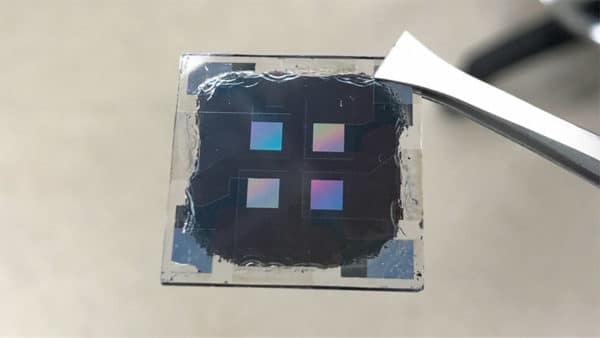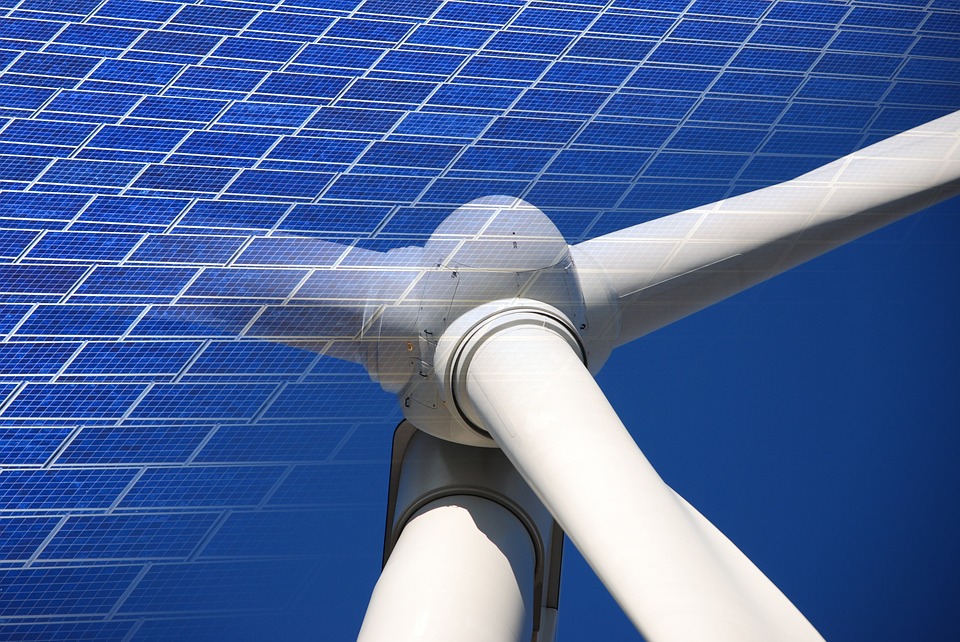Apple said that it added more than 350 MW of renewable energy capacity in 2020 as part of its planned $4.7 billion Green Bond spend.
For all of 2020, Apple funded 17 projects globally with a combined generating capacity of 1.2 GW.
In Reno, Nevada, Apple added 50 MW of solar capacity to serve one of its data centers. The project joins three other Apple-backed projects in the state with a combined 270 MW of capacity.
In Virginia, Apple worked with Etsy, Akamai, and SwissRE to support the development of 165 MW of solar PV capacity for delivery to the region’s grid.
The company also used a virtual power purchase agreement for 112 MW from an Illinois wind farm to cover its electricity use in the Chicago area. The project aggregated buyers, enabling other companies with less purchasing power to access the renewable energy.
And in Denmark, Apple completed work on two onshore wind turbines that are expected to generate 62 GWh each year. The power will support an Apple data center with any surplus energy going into the Danish grid.
The company issued its first $1.5 billion Green Bond in 2016. It added a second round of $1 billion in 2017. In November 2019, Apple issued its third set of Green Bonds and its first in Europe, with two bonds each at 1 billion euros (around $2.2 billion).
Apple said it has allocated more than half of its Green Bond spend — around $2.8 billion — and will continue to invest in projects that address carbon emissions. Last July, the company said it planned become carbon neutral across its entire business, manufacturing supply chain, and product life cycle by 2030.
GE technology for solar+storage project
GE Renewable Energy was tapped by Convergent Energy + Power to provide an integrated solar inverter and energy storage package that will use a DC-coupled system for a 123 MWh hybrid solar-plus-storage project across three sites in Upstate New York.
Construction has begun and is expected to reach commercial operation this summer. GE will also provide a 20-year service agreement.
The system will use a direct DC-coupled configuration, with a single inverter and single point of interconnection shared by the solar array and the storage system. The design is expected to help improve the system’s overall energy output while optimizing equipment and installation costs, and increasing the overall system reliability.
Rethinking solar cell design
Restructuring the way perovskite solar cells are designed can boost their efficiency and increase their deployment in buildings and more, according to researchers with the National Renewable Energy Laboratory (NREL).
Perovskite photovoltaic (PV) cells are made of layers of materials sandwiched together, with the top and bottom layers key to converting sunlight to electricity. The new cell architecture increases the area exposed to the sun by putting the metal contact layers side-by-side on the back of the cell.

Image: NREL/Kevin Prince
Taking the materials on top away results in a higher theoretical efficiency because the perovskite is absorbing more of the sun,the researchers said.
Removing metal layers from the front surface also enables solar panels to be better integrated into building facades. The design improves aesthetics of the cell and enables manufacturing on a number of substrates that span glass to sheet metals.
Perovskites—which refers to a crystalline structure—as a solar cell have shown a steady climb in efficiency. The current record for a perovskite solar cell is 25.2%, accomplished with the traditional architecture.
Using the different cell architecture, the scientists were able to create a solar cell with an efficiency of about 10%. However, the architecture has a higher theoretical efficiency than the cells holding the current record for performance. Further refinements could enable a cell with an efficiency of 27%-28%.
The paper appears in the journal Cell Reports Physical Science and includes researchers from NREL and Bowling Green State University in Ohio.
This content is protected by copyright and may not be reused. If you want to cooperate with us and would like to reuse some of our content, please contact: editors@pv-magazine.com.









By submitting this form you agree to pv magazine using your data for the purposes of publishing your comment.
Your personal data will only be disclosed or otherwise transmitted to third parties for the purposes of spam filtering or if this is necessary for technical maintenance of the website. Any other transfer to third parties will not take place unless this is justified on the basis of applicable data protection regulations or if pv magazine is legally obliged to do so.
You may revoke this consent at any time with effect for the future, in which case your personal data will be deleted immediately. Otherwise, your data will be deleted if pv magazine has processed your request or the purpose of data storage is fulfilled.
Further information on data privacy can be found in our Data Protection Policy.